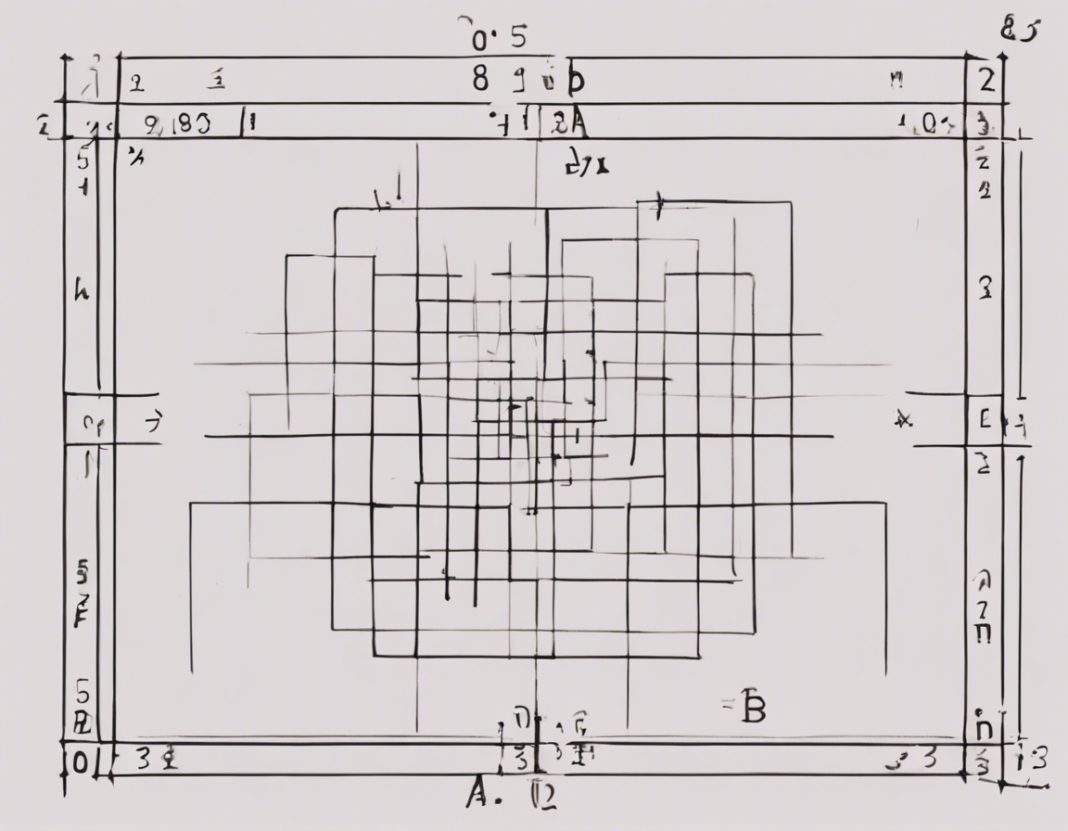Introduction:
Mathematics is often seen as a challenging and daunting subject by many. However, with the right approach and understanding, even complex formulas and equations can be broken down into simpler concepts. In this article, we will delve into the world of algebra and focus on one particular equation: (A – B)^2. By the end of this comprehensive guide, you will have a solid grasp of how to manipulate and understand this equation with ease.
Understanding the Basics:
Before we dive into the specifics of (A – B)^2, let’s revisit some basic algebraic concepts that will serve as the foundation for our exploration.
-
Variables: In algebra, letters such as A and B are used to represent unknown values or variables. These variables can take on any numerical value.
-
Exponents: An exponent indicates the number of times a value is multiplied by itself. For instance, x^2 means x multiplied by itself, or x*x.
Decoding (A – B)^2:
The expression (A – B)^2 may seem intimidating at first, but let’s break it down step by step to understand its meaning and how to simplify it.
-
Expanding the Expression:
To expand (A – B)^2, we first apply the formula for squaring a binomial: (a – b)^2 = a^2 – 2ab + b^2. -
Applying the Formula:
By applying the formula, we get:
(A – B)^2 = A^2 – 2AB + B^2. -
Understanding the Result:
The result of (A – B)^2 is the square of the first term (A^2), minus twice the product of the two terms (2AB), plus the square of the second term (B^2).
Real-World Applications:
Understanding algebraic equations such as (A – B)^2 can have practical applications in various fields. Here are some examples:
- Geometry: The equation can be used to calculate areas of squares and rectangles, where side lengths are represented by A and B.
- Physics: Formulas involving velocities, distances, and time can be manipulated using algebraic expressions like (A – B)^2.
- Engineering: Solving for unknown quantities in structural designs and calculations often involves similar algebraic manipulations.
Common Mistakes to Avoid:
When working with (A – B)^2, it’s important to watch out for common errors that can lead to incorrect results. Here are some mistakes to avoid:
- Incorrect Application of the Formula: Make sure to apply the squaring formula accurately to avoid errors in the final result.
- Misinterpreting Variables: Ensure that you correctly substitute the values of A and B into the equation to avoid miscalculations.
Practical Examples:
Let’s look at a few practical examples to solidify our understanding of (A – B)^2:
-
Example 1:
If A = 5 and B = 3, then:
(5 – 3)^2 = 5^2 – 2(5)(3) + 3^2 = 25 – 30 + 9 = 4. -
Example 2:
For A = 7 and B = 2:
(7 – 2)^2 = 7^2 – 2(7)(2) + 2^2 = 49 – 28 + 4 = 25.
Frequently Asked Questions (FAQs):
1. What is the difference between (A – B)^2 and A^2 – B^2?
– (A – B)^2 represents the square of the difference between A and B, while A^2 – B^2 is the difference of squares, which factors into (A + B)(A – B)**.
- Can (A – B)^2** be negative?
-
Yes, the value of (A – B)^2 can be negative, depending on the values of A and B. The result is always non-negative, as it represents the squared value.
-
How is (A – B)^2** used in quadratic equations?
-
In quadratic equations, expressions like (A – B)^2 are often encountered when completing the square to solve for variables.
-
Is there a shortcut to expand (A – B)^2**?
-
Yes, the shortcut formula for (A – B)^2 is A^2 – 2AB + B^2, which simplifies the expansion process.
-
Why is understanding (A – B)^2** important in mathematics?
- Understanding (A – B)^2 is crucial as it forms the basis for various algebraic manipulations and has practical applications in fields such as science, engineering, and economics.
In conclusion, mastering algebraic expressions like (A – B)^2 not only enhances your mathematical skills but also opens doors to a deeper comprehension of mathematical concepts in various disciplines. By breaking down complex equations into simpler components and understanding the underlying principles, you can approach math with confidence and even find enjoyment in its challenges.






